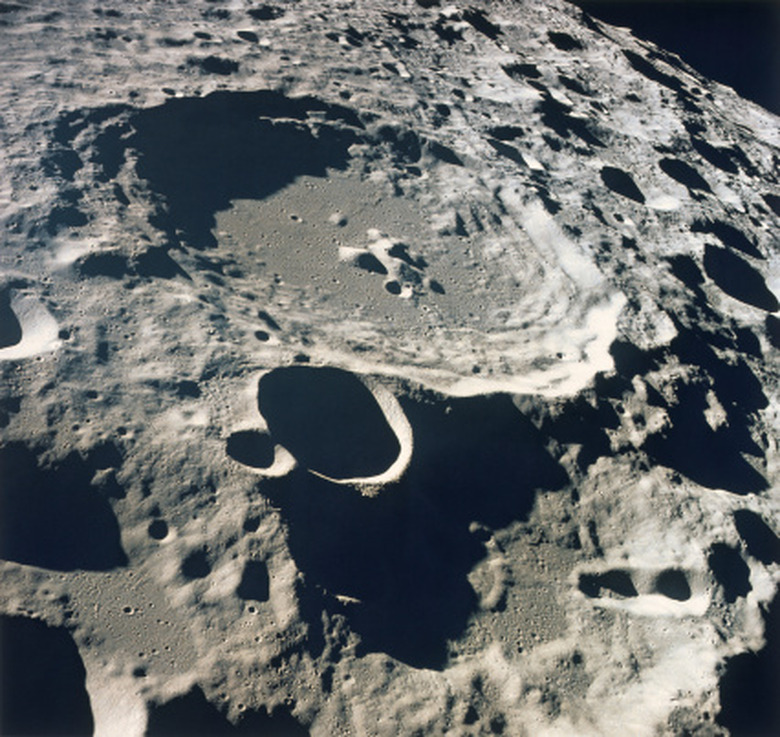Facts On The First Man On The Moon
The words spoken by Neil Armstrong as he became the first man to step on the moon's surface on July 20, 1969 are etched into the memory of almost every person alive: "That's one small step for a man, one giant leap for mankind." An historic event of such importance is bound to have accompanying anecdotes and stories. NASA, the agency that engineered and carried out the mission, can help us sort out the facts from the fiction.
Neil Armstrong
Neil Armstrong
The first human being to walk on the moon was born on August 5, 1930, in Wapakoneta, Ohio. Neil Armstrong always wanted to be a pilot and got his pilot's license when he was 16, even before getting his driving license. He flew more 200 types of aircraft, from jets to gliders. Armstrong became an astronaut in 1962 and was the first to successfully dock two vehicles in space in 1966. After landing on the moon, Armstrong was decorated by 17 countries. He died on August 25, 2012, in Cincinnati, Ohio at the age of 82.
What Happened
What Happened
When it was time to land the lunar module on the moon's surface, Armstrong had to guide it manually past boulders. During the final seconds, the computers were beeping with alarms and as the module landed, it had only 30 seconds of fuel left. The module, known as the "Eagle," landed at 4:18 p.m. but it was about six and a half hours later before Armstrong stepped out. Edwin "Buzz" Aldrin followed 19 minutes later and spoke his first words: "Magnificent desolation." They collected samples and conducted experiments, traveling up to about 100 meters from the module. Aldrin spent 1 hour, 41 minutes on the moon and Armstrong spent 2 hours, 12 minutes. They spent another 7 hours on the Eagle resting and checking everything before returning to Apollo 11.
Lunar Module Eagle
Lunar Module Eagle
Michael Collins, the astronaut who stayed aboard the Apollo 11 during the landing, later wrote that the Eagle was: "the weirdest looking contraption I have ever seen in the sky." It consisted of two parts: the descent and ascent stages. The descent stage, with its four legs, was left behind on the moon and served as a launchpad for the ascent stage. The astronauts had a cabin of 234.84 cubic feet in the ascent section of the module.
Fun Facts
Fun Facts
Armstrong and Aldrin left a plaque on the moon reading: "Here men from the planet Earth first set foot on the Moon July 1969, A.D. We came in peace for all mankind." They also left an American flag and a small piece from the Apollo 1 craft in which three astronauts lost their lives. Aldrin took communion, which had been prepared on Earth, before leaving the Eagle to step onto the moon. The area of the moon landing is known as Mare Tranquillitatis – or the Sea of Tranquility. After redocking, the "Eagle" was released into space. It is not known where it ended up, but it is presumed to have crashed onto the moon.
Cite This Article
MLA
Walker, Lisa. "Facts On The First Man On The Moon" sciencing.com, https://www.sciencing.com/first-man-moon-8444613/. 24 April 2017.
APA
Walker, Lisa. (2017, April 24). Facts On The First Man On The Moon. sciencing.com. Retrieved from https://www.sciencing.com/first-man-moon-8444613/
Chicago
Walker, Lisa. Facts On The First Man On The Moon last modified March 24, 2022. https://www.sciencing.com/first-man-moon-8444613/
